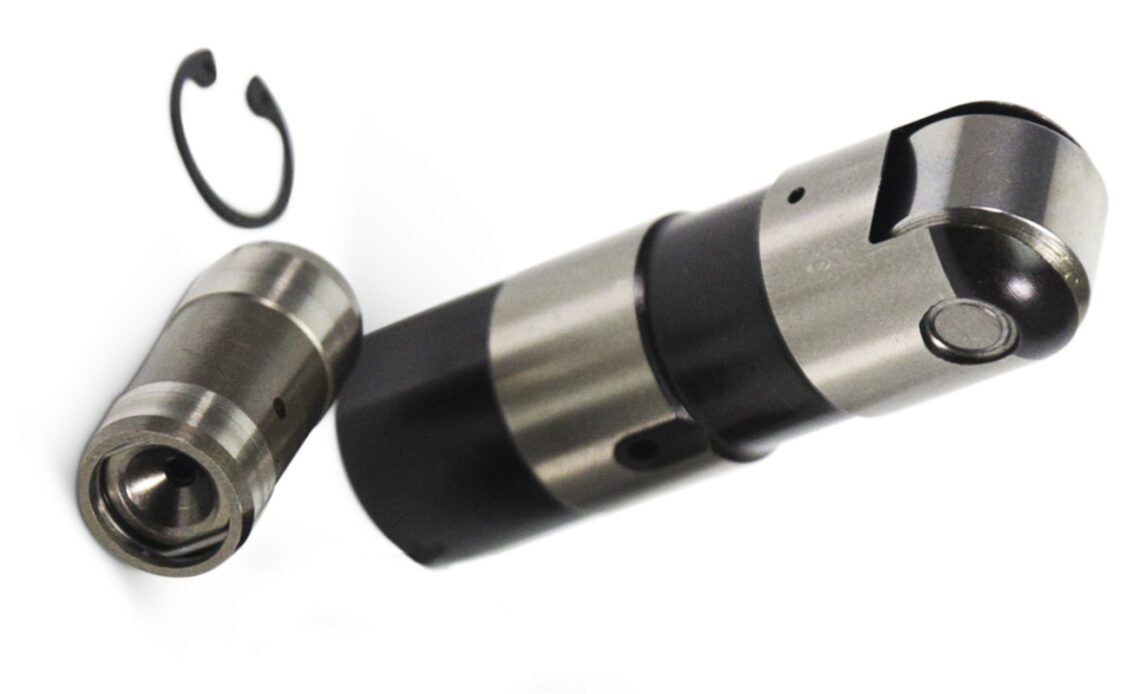When we hear about a new and notable design that improves a current product, we take notice. A recent announcement for the new COMP Cams Evolution hydraulic roller lifters is one that really made us sit up and pay attention. We’re told the idea began with a blank document on a computer engineering screen and developed into this new lifter that addresses many issues found within previous designs. We spoke to Chris Potter, valvetrain product manager at COMP Cams, to get some insights on the latest valvetrain component.
By designing a separate hydraulic cartridge to fit within the lifter housing, you eliminate any distortions from the extreme pressures placed in the lifter body from affecting the lifter puck travel.
Initial Motivation
“Our first goal was to get the most consistent hydraulic roller lifter,” cites Potter. “Lifter noise upon startup has been a big concern from enthusiasts for a long time. Many customers have typically voiced concerns about the first few seconds of startup noise that can be inherent with first-generation-style lifters, especially if they have invested in a performance cam.”
It’s not just about the startup. A first-generation lifter design can be subject to different lifter-bleed issues related to high-performance use when the engine is operating. When you look at a standard hydraulic lifter design, the lifter’s hollow body travels on the outer wall, riding within the block’s lifter bore.
That same body is machined on the inside diameter to allow a volume of pressurized oil, plus the plunger, spring, and valving combination to force the pushrod upward using the engine’s oil pressure. Additionally, in a performance application, it will operate against increased valve spring pressures and greater valvetrain inertia.
“The internals of a hydraulic lifter are a precision fit assembly,” explains Potter. “The plunger is closely matched to the inside housing with minimal clearance, so the leak-down rate is not too great or too small. That is why you should never intermix the internal parts of an original-style lifter when you are cleaning and rebuilding a set of hydraulic lifters. Do each lifter individually, so the original assembly tolerances are maintained.”
Tight Tolerances Under Extreme Loads
Problems can occur, as a traditional plunger can “pump up” and hold the valves open. This causes the valves to float or the lifter to collapse. You can read many involved technical articles related to the…
Click Here to Read the Full Original Article at DragzineDragzine…

